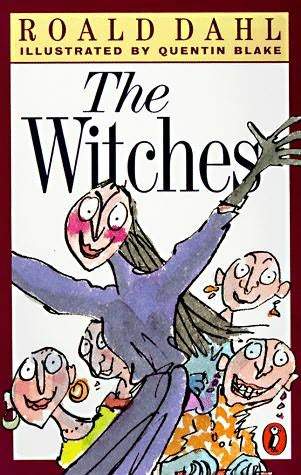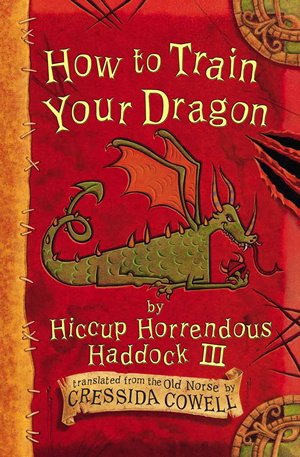
今天要介紹的是How to Train Your Dragon!
嗯,大家一定想到那個很多人騎巨龍然後沒牙很大隻很會打的那套電影版吧?
這很正常,始終這電影很紅嘛
可是很抱歉,請你把電影的內容通通丟一邊去。
原作故事情節本來就跟電影版大不同:主角Hiccup跟他的同學們要畢業成為維京人,就要抓到並訓練一隻幼龍成為自己的同伴,可是Hiccup剛好抓到的卻是性格反叛的Toothless,Hiccup能不能夠順利畢業呢?同時,海底下沉睡的海龍似乎又蠢蠢欲動….
這裡沒有能騎的巨龍(聽說是系列之後的事情)也沒有很大隻很會打的沒牙Toothless,這裡只有很小隻很機八(喂)的沒牙。這裡的Hiccup跟Toothless看起來一點也不像英雄,連他的老爸都不相信他能夠成為大器,然而Hiccup到最後還是可以用自己的方法努力成為英雄。作者應該是想說,無論別人多麼看不起你,只要努力終有一天也是會成功的(很正路的主題呢)
還有這裡的龍會說話(雖然只有我們的主角Hiccup聽得懂的樣子),插圖風格很像小朋友的塗鴉,不論是人物名字以至故事裡出現的笑話也是…嗯,小男孩會喜歡的那種吧…
嗯,聽起來好像很孩子氣呢…但是在看起來很孩子氣的表面下其實是文筆實在的故事,倒不如說系列之後的劇情張力絕對可以跟其他小說一拼
單是系列第一作(也就是這本)Hiccup獨自面對海龍時的對答,就已經透露出故事的深度呢(實際內容當然也不會劇透啦)
人物的描寫也比想像中深入,Toothless從一個完全不聽話的屁孩變成願意相信,尊重Hiccup(雖然還是不太聽話)的伙伴,這種變化可以說是故事的另外一個重點。
就是這種故事張力,人物描寫跟作者透過這系列營造出來的世界覲才讓我愛上這個系列,無論有沒有看過電影版也不妨找這個原作看看喔!
This time I’m going to talk about “How to Train Your Dragon"!
Now when I mention that title, the first thing that pops into your head would be that one Dreamworks movie with the dragon-riding and the rare-and-powerful night fury Toothless, right?
That’s not at all surprising, the movie was a smash-hit after all.
However, please take the movie’s content and throw it out of the window.
This is a completly different story that we’re dealing with here: Our protagonist Hiccup alongside his classmates are about to graduate as full-fledged vikings, but before they can do that they need to catch and train a young dragon to be their companion. However, Hiccup ends up catching Toothless, a tiny dragon with a not-very-tiny attitude. Will Hiccup manage to graduate? Meanwhile, deep underwater something starts to stir…
Here we don’t have dragon-riding (that’s for the later books) nor do we have a big and powerful Toothless, all we’ve got in a tiny annoying package of scales and whining.
Here, Hiccup and Toothless look the least bit like heroes, and even his father isn’t convinced that he could grow up into a proper viking. However in the end Hiccup managed to become a hero anyways, except he did it his own way. I guess the message the author wants to give is that even if you are looked down upon by others, eventually you can succeed through hard work?
Not bad, just maybe a little bit cliche.
Here the dragons can talk (although only Hiccup could understand their language), the artwork is pretty much kiddy scribbles and the jokes are…well, pretty much the sort you’d hear from middle-school boys.
Sounds childish doesn’t it? But underneath the childish covers lies a well-structured story, to the point that the plots of the later books can get as serious and riveting as any other novel. Although this is only the first book, the authour’s writing strength already shines in the scene where Hiccup confronts the seadragon alone. (not going to reveal anymore because spoilers)
The characterization is also surprisingly deep, especially with Toothless who gradually changes from a disobedient, demanding spoiled child into a partner who trusts and respects Hiccup (to an extent?). In fact, you might as well say that how Hiccup and Toothless’ relationship develops is the other major plotline of the book or even the series in general.
The solid storytelling, the characterizations and the world the author paints through the books are what made me fall in love with this series. No matter if you’ve watched the movie or not, the books are definitely worth checking out!

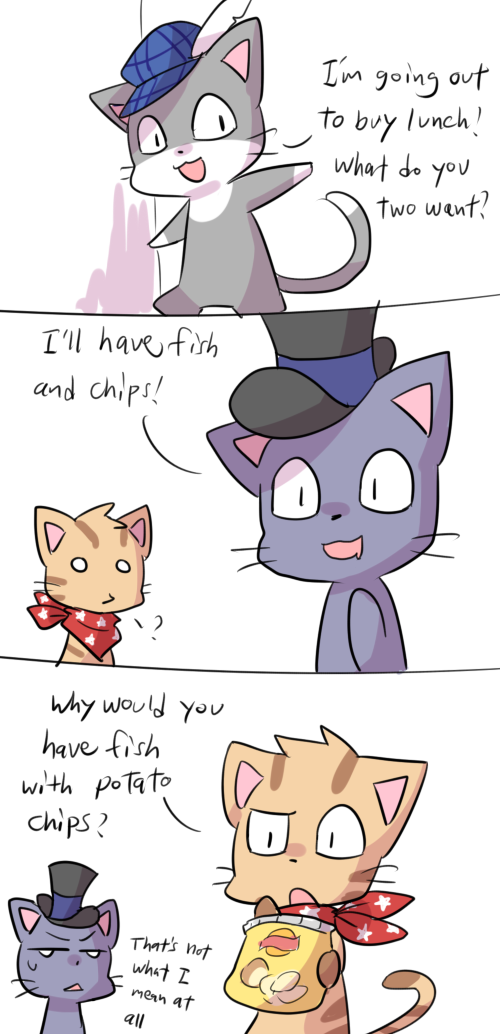
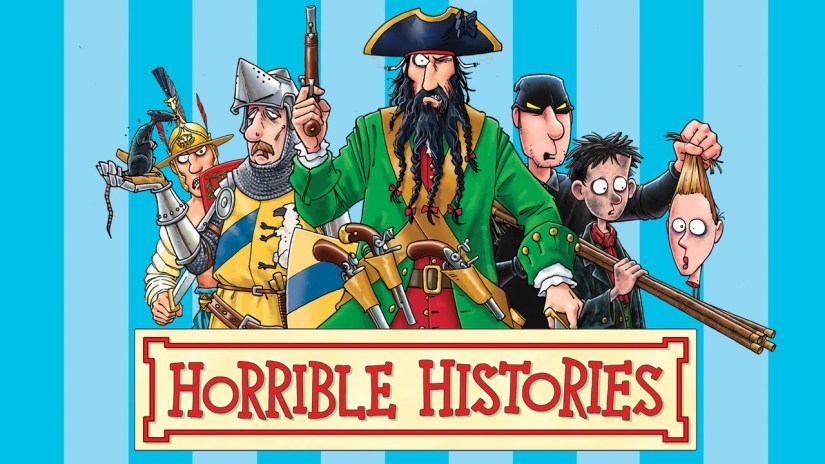
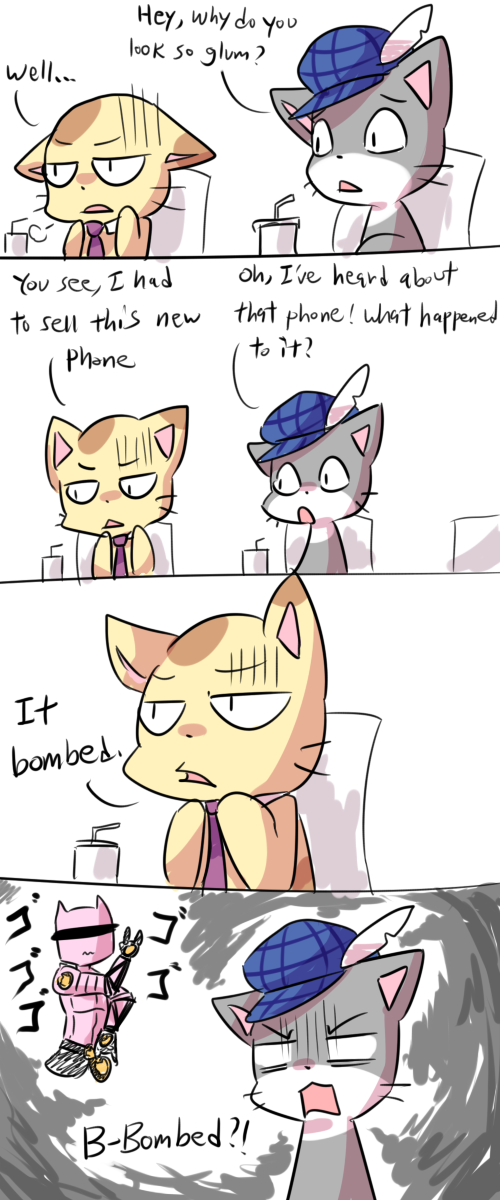 (單用想就已經很蠢的冷笑話…)
(單用想就已經很蠢的冷笑話…)